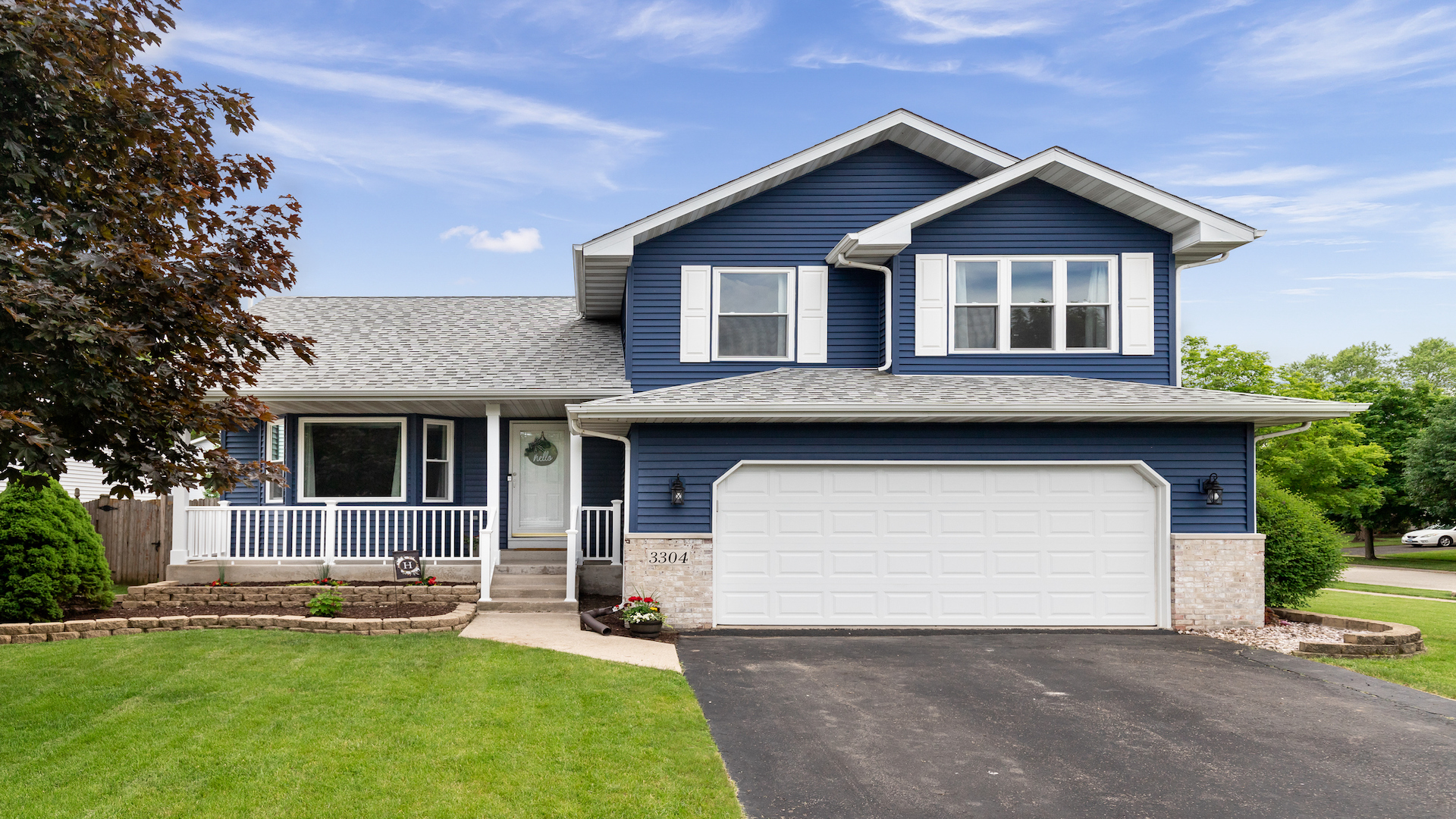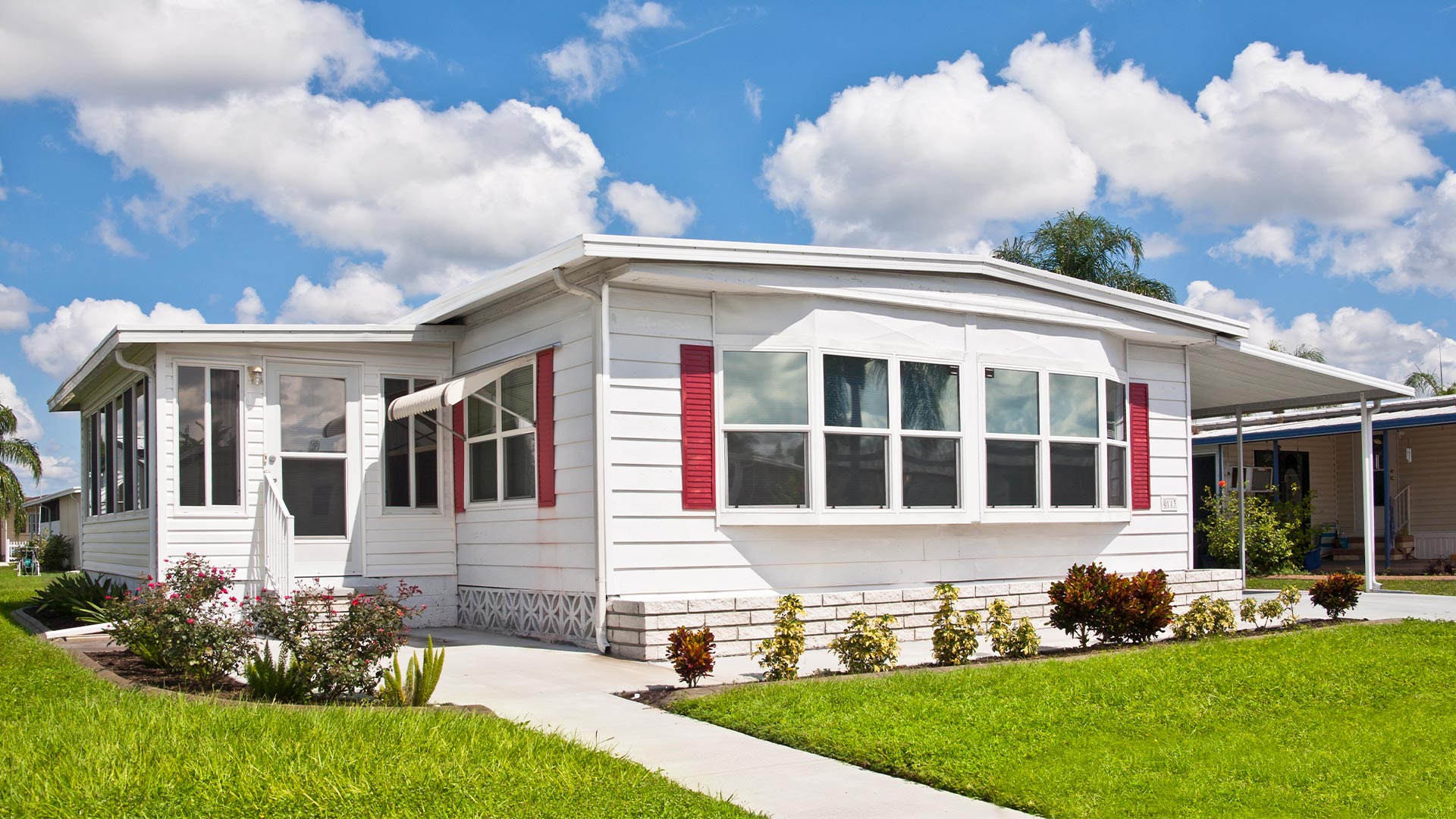
Are you eligible to refinance?
Refinancing could lower your mortgage rate and monthly payments, potentially saving you thousands over the life of the loan.
Or, you could shorten your loan term, cash-out home equity, or switch from an adjustable-rate mortgage to a fixed-rate loan.
Whatever your goals, though, you’ll need to meet basic refinance requirements. These include minimum credit scores, steady income and employment, sufficient home equity, and manageable debts.
In some cases, refi requirements are even easier than those to purchase a home. So it’s worth checking your eligibility if you think you could save money.
Verify your refinance eligibility today (May 12th, 2021)In this article (Skip to…)
- Basic refinance requirements
- Mortgage in good standing
- Refi waiting periods
- Home equity requirements
- Minimum credit score
- Debt-to-income ratio
- Refinance closing costs
- Requirements can vary
6 Basic refinance requirements
The first thing to know is that refinance requirements vary by lender and loan program.
For instance, the requirements for a conventional cash-out refinance are tougher than those for an FHA Streamline Refinance.
And, one lender might be lenient on things like credit scores and loan-to-value ratios (LTVs), while another might be more strict.
If you don’t meet all the criteria listed here, it’s still worth checking with a lender to see what your options are.
With that said, basic requirements to refinance a mortgage include:
- Your current mortgage must be in “good standing” — If you’ve skipped any payments, you’ll need to catch up before refinancing
- Your current loan might need to be “seasoned” — Some lenders and loan programs impose a minimum waiting period to refinance after you buy your home or after a previous refi. It’s rarely long
- Your home equity must be sufficient — Typically, your home’s market value must exceed your mortgage balance by anywhere from 3% to 20%
- You need a decent credit score — The minimum credit score to refinance typically ranges from 580 to 680, depending on your lender and loan program
- Your debt-to-income ratio (DTI) can’t be too high — If you’ve taken on a lot of credit card debt and other loans, your refinance may not be approved. Unless, that is, you’re consolidating your debts with a cash-out refinance
- You need enough cash to close — There are ways around paying your refinance closing costs upfront. But you’ll have to pay them one way or another
Chances are, all six of those will be required for a mainstream refinance, especially a cash-out loan.
But some forms of “Streamline” refinance — notably those backed by the FHA and VA — require only the first two. The refinance requirements for these loans don’t typically include credit or DTI checks, nor home appraisals.
So use the checklist above as a general guide. But understand that not all the criteria apply in every circumstance.
Your own refinance eligibility will depend on the type of loan you have and your personal finances.
Verify your refinance eligibility (May 12th, 2021)1. “Mortgage in good standing” refinance requirements
This requirement is near-universal. You’re highly unlikely to get approved for a refinance if you still owe late payments on your original mortgage.
Rules vary by mortgage program and lender. But just about everyone has a requirement that your existing mortgage is current. And some may block applications from homeowners who have recent late payments (typically within 12 months).
Streamline Refinances
The Streamline Refinance program is available to homeowners with existing government-backed home loans — including FHA, VA, and USDA loans.
Streamline Refinances are relatively quick, easy, and inexpensive compared to mainstream ones. And they usually have easier requirements — for example, the lender might not check your credit or current employment.
But you be current on your mortgage payments to qualify for a Streamline Refi.
Here’s what two of the government agencies backing these mortgages say:
- “The mortgage to be refinanced must be current (not delinquent).” — Federal Housing Administration
- Lenders must “verify the mortgage was paid as agreed for 12 months prior to the refinance application.” — U.S. Department of Agriculture
VA Streamline (IRRRL) exception?
The VA doesn’t explicitly have a mortgage-in-good-standing requirement in its rules for streamline refinances (Interest Rate Reduction Refinance Loans or IRRRLs). But, even with one of these, you’d be lucky to find a lender willing to ignore a delinquent mortgage statement.
For example, Veterans United says it “currently requires homeowners to have no 30-day late payments in the past 12 months on the loan being refinanced.”
2. “Seasoning” — The period between your last closing and your refinance
Some mortgage programs impose a waiting period between your last closing and your new loan. In industry jargon, this is called “seasoning.”
If your lender does impose a seasoning requirement, it would dictate how long you must wait to refinance after buying the home or after a previous refi.
For instance, you’ll likely have to wait 180 days (six months) or so if you want a cash-out refinance or a Streamline one.
But many refinance loans have no such requirement.
That means with a conforming loan and some other programs, you could potentially start the refi process right after closing your existing loan.
If you want a conventional loan that doesn’t conform to Fannie and Freddie’s standards, your lender might impose its own seasoning period. But, if that’s a problem, just shop around until you find a more amenable lender.
Verify your refinance eligibility with top lenders (May 12th, 2021)3. Home equity refinance requirements
Your home equity is the amount by which your home’s value exceeds your mortgage balance. When you refinance, you need the minimum equity required by your mortgage program or lender.
Those minimums are typically the same as the minimum down payment for buying a home: at least 3% for conforming loans, 3.5% for FHA loans, and nothing for the VA and USDA.
Another way to look at minimum equity is maximum loan-to-value ratio (LTV).
For instance, if your lender has a maximum LTV allowance of 97%, then you need at least 3% equity to refinance.
Homeowners who have at least 20% equity can often cancel private mortgage insurance (PMI) or refinance to remove FHA mortgage insurance.
Streamline Refinances
Equity requirements are different if you want a Streamline Refinance or a cash-out one.
Streamline refinances are great. They often don’t require an appraisal. So nobody knows how much equity you have.
That means you could potentially refinance if you have no equity or if your home is underwater — meaning you owe more on your mortgage loans than the house is worth.
Cash-out refinances
Cash-out refinances are a little more difficult from a home equity standpoint.
Although you may occasionally find a more sympathetic lender, the general rule is that you must retain at least 20% of your equity after the cash-out.
Look at it another way, and your loan-to-value ratio (LTV) must be 80% or lower.
Suppose your home is worth $200,000 and your mortgage balance is $150,000. The largest refinance amount you could get would be $160,000 ($200,000 x 80% LTV = $160,000).
In this case, you could only take $10,000 as cash-out. That’s because your new $160,000 loan amount is $10,000 higher than your existing mortgage balance of $150,000.
Fortunately, in recent years, many homeowners have found their equity rising quickly in line with higher home prices. This makes cash-out refinancing more accessible, even for homeowners who made a small down payment when they bought the house.
High-LTV refinances
We already mentioned that LTV is less important for Streamline Refinance loans. But those are only available for homeowners with FHA, VA, or USDA mortgages.
What about homeowners who have little or no equity on a conforming mortgage?
You may still be able to refinance using a high-LTV program from Fannie Mae or Freddie Mac.
Fannie’s High-LTV Refinance Option (HIRO) and Freddie’s Enhanced Relief Refinance (FMERR) are designed to help homeowners with less than 3% equity refinance into a lower rate and payment. You must be current on your mortgage payments to qualify.
4. Minimum credit score requirements
You’re getting a whole new mortgage when you refinance. And lenders will look at your credit score and credit history just as closely as when you last applied.
As with a home purchase loan, you’ll have an easier time qualifying for a refinance with a good credit score and clean credit report. A great score (around 720 or higher) could even earn you a lower interest rate.
Again, there’s an exception for most Streamline Refinances. Often, these require no credit checks.
If you’ve let your credit score slide since you became a homeowner, it’s a good idea to boost it before you apply for a refinance. Check out our Guide to improving your credit score for quick hits. Sometimes, even a small improvement can make a big difference to the rate you pay.
5. Debt-to-income ratio (DTI)
Your debt-to-income ratio (DTI) is the percentage of your gross monthly income that you pay each month toward debts and other obligations.
Your DTI must be under a certain threshold to refinance — typically 43% or less, though rules vary by mortgage program.
Monthly expenses counted in your DTI typically include:
- Housing costs (after refinancing) including your mortgage payment, property taxes, homeowners insurance, and any homeowners association fees
- Minimum credit card payments
- Installments on car loans, student loans, and all other loans
- Things like alimony and child support
Unfortunately, the higher your DTI, the higher the mortgage rate you’re likely to pay. And lenders and programs set maximums. So your application to refinance could be turned down if yours is too high.
As a rule, a 36% DTI is regarded as good. But, with some programs, lenders will approve you with a DTI as high as 45% or even 50%.
Once again, this doesn’t apply to most Streamline Refinances, including those from the FHA and VA as well as Fannie Mae’s High-LTV Refinance Option. Many of these have no requirement to calculate your DTI.
Verify your refinance eligibility (May 12th, 2021)6. Cash to close
You can expect refinance fees to be similar to what you paid on your existing mortgage. Refi closing costs are often between 2% and 5% of your loan amount.
Once again, Streamline Refinances are an exception. They tend to be significantly less costly come closing, as certain costs like the appraisal are usually waived.
No-closing-cost refinances
Especially with refinances, you may be offered ways to avoid closing costs. And there’s nothing wrong with that. But you need to understand that, over the long term, you may end up paying more than if you’d paid your closing costs upfront.
Zero-closing-cost refinances come in two main flavors:
- Roll the closing costs into your loan balance — You’ll pay them down, with interest, for as long as you keep the new loan (up to three decades)
- Accept a ‘lender credit’ — This means your lender pays the costs and charges you a slightly higher interest rate in exchange. That higher rate will likely cost you a lot more than the original fees if you keep the loan for its full term
If you’re short of cash now, you may well see these as an affordable way to get the refinance you need quickly. And that’s fine. As long as you’re aware of the cost versus benefit.
Check your no-closing-cost refinance options (May 12th, 2021)Remember, requirements vary by lender
When you apply to refinance, it’s important to understand the differences between lenders and loan programs. This knowledge can make or break your application.
A loan program is the type of mortgage you apply for. The agencies that regulate mortgage programs — like Fannie Mae, Freddie Mac, FHA, VA, and USDA — get to set minimum requirements for refinance applicants.
For instance, Fannie and Freddie require a FICO score of at least 620 to refinance a conforming loan, while the Federal Housing Administration only requires a 580 score for an FHA refinance.
Mortgage lenders have to follow the minimum guidelines set by these agencies. But lenders are also free to set their own, standards, both for the borrower and the property. And many do.
For example, the Department of Veterans Affairs has no minimum credit score to refinance a VA loan. But many VA-approved lenders look for a score of 620 or higher.
So, just because a certain program allows a low credit score or high DTI, that doesn’t mean an individual lender will necessarily approve you.
The good news is, you don’t have to refinance with your current lender. You’re allowed to apply with as many mortgage lenders as you want, and find one whose standards and mortgage rates meet your needs.
Shopping around could be the difference between qualifying to refinance or not. And it could save you thousands in the long run.
Check your refinance rates
All the rules laid out above might sound intimidating. But plenty of homeowners navigate the refinance process successfully. And many are eligible to refi, but don’t know it yet.
Refinancing might be worth it even if you already refinanced in the past couple years.
Freddie Mac reports that out of all the homeowners who refinanced in 2020, 10 percent did so more than once in a 12-month period.
So how scary can refinancing be if that many homeowners refinanced at least twice within one year? Not very.
The key is to know your loan options, shop around, and find the best rate to maximize your savings.
Verify your new rate (May 12th, 2021)



